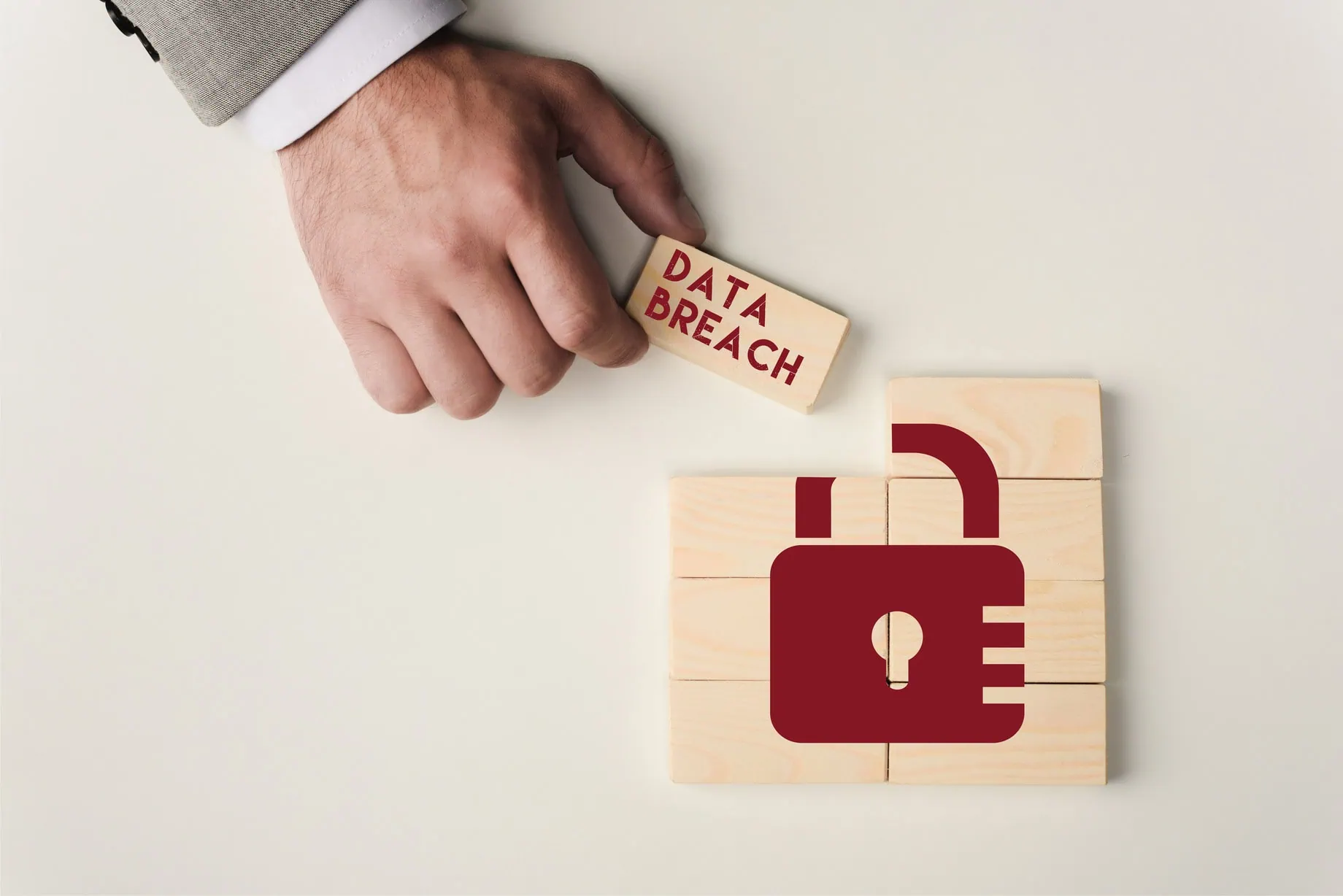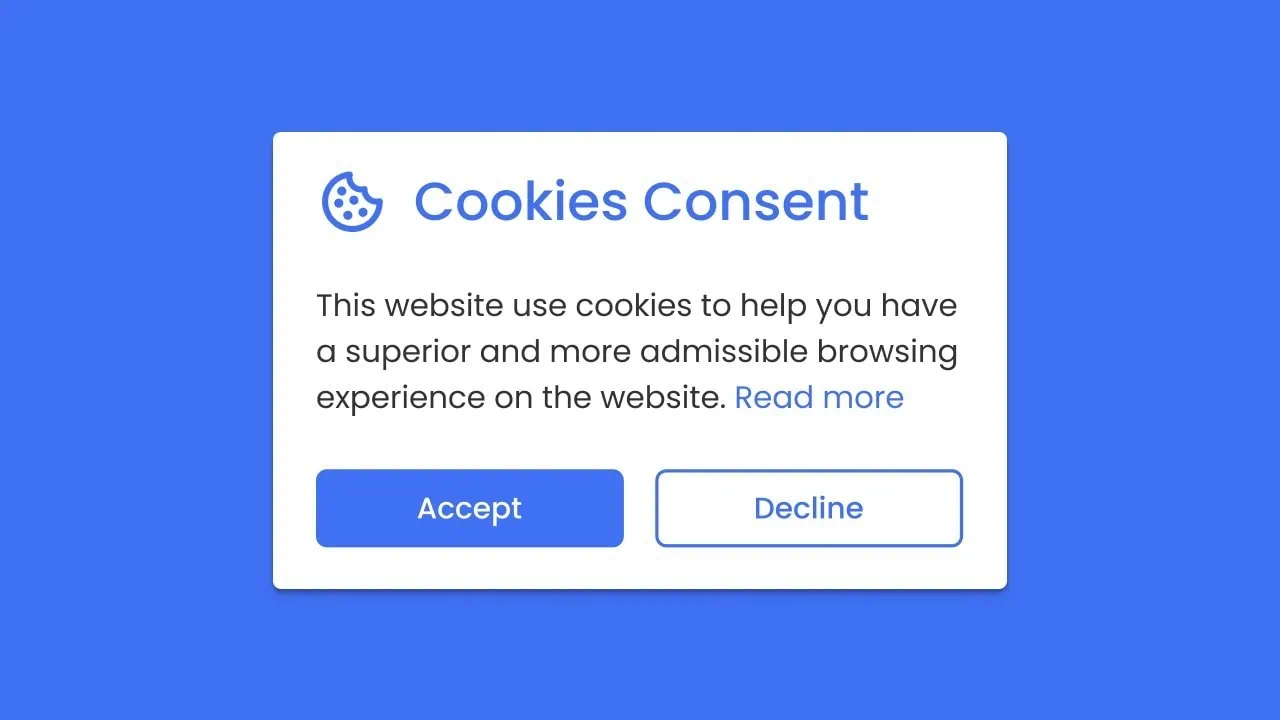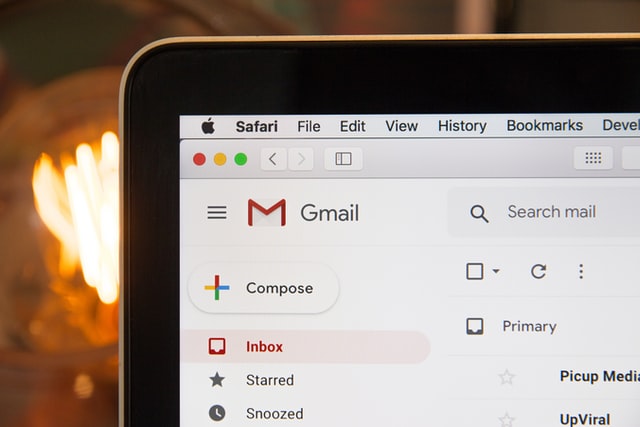As one of the most talked-about laws on compliance, GDPR has transformed global data protection standards since it was introduced in May 2018. Yet, many entrepreneurs, small businesses, and marketers still struggle to grasp what they need to do to comply fully. As a GDPR-compliant email list provider, we must fully understand the ins and outs of the regulation — and we’re here to help you do the same.
This guide is here to make GDPR easier to understand. We’ll break it down into clear sections, covering what is GDPR, who it applies to, important compliance steps, and more. By the end, you’ll have a straightforward understanding of GDPR and how to ensure your business meets its requirements.
What Does GDPR Stand For?
GDPR stands for the General Data Protection Regulation. It is a legal framework introduced by the European Union to protect the personal data of individuals and regulate how organisations collect, process, and store that data.
Unlike older data privacy laws, GDPR is designed to address challenges in the digital age, such as tracking technologies, e-commerce, and global data exchanges. Its aim is to empower individuals with greater control over their data while establishing stricter accountability for businesses.
Who Does the GDPR Apply To?
One of the critical aspects of GDPR is its broad territorial scope. It applies to any organisation, regardless of its location, that collects or processes the personal data of individuals in the EU.
For example:
- A US e-commerce store shipping to EU customers would be subject to GDPR.
- A software provider offering services to EU residents must comply with GDPR requirements, even if the provider is based outside the EU.
This means that businesses cannot ignore GDPR, even if they operate outside Europe.
GDPR vs. Other Data Protection Laws
How does GDPR compare to other data protection laws around the world?
- California Consumer Privacy Act (CCPA) focuses specifically on consumer rights and business transparency for California residents.
- Brazil’s LGPD is Brazil’s data protection law, modelled closely on GDPR.
- UK GDPR came into force post-Brexit and mirrors the EU GDPR in many aspects.
GDPR is one of the most comprehensive and strict privacy laws, but understanding it and following its rules can make it easier to comply with other global laws since many share similar requirements.
Key GDPR Terms and Concepts
Understanding GDPR becomes easier when you learn the words and terms it uses.
- Data Subject: The individual whose personal data is being processed.
- Personal Data: Any information that can directly or indirectly identify an individual, such as names, email addresses, or IP addresses.
- Processing: Any operation on personal data, including collection, storage, or sharing.
- Data Controller: The entity that determines the purpose and means of processing personal data.
- Data Processor: A third party that processes data on behalf of a data controller (e.g., a cloud service provider). As outlined in Article 28 of the GDPR, data processors must adhere to strict obligations and have a binding agreement with the data controller.
- Consent: A legal basis for processing, defined as explicit, informed, and freely given agreement by the data subject.
Data Subject Rights Under GDPR
GDPR focuses heavily on protecting the rights of individuals, also known as data subjects. These rights include:
- Right to Access: Individuals have the right to request access to their personal data and understand how it is being used.
- Right to Rectification: Data subjects can request corrections to inaccurate or incomplete data.
- Right to Erasure (Right to Be Forgotten): Individuals can request the deletion of their data under certain circumstances.
- Right to Data Portability: Users can request their data in a commonly used format to transfer to another service.
- Right to Object: Users can stop certain processing activities, such as marketing communications.
GDPR Compliance Regulations for Businesses
If your business handles the personal data of EU residents, you’ll need to implement specific measures to comply with GDPR. Key requirements include:
- Accountability and Documentation: Maintain records of data processing activities.
- Lawfulness of Processing: Always rely on a lawful basis, such as consent or contractual necessity.
- Data Protection by Design: Integrate data protection measures into new processes or systems.
- Data Protection Officers (DPOs): Appoint a DPO if processing involves large-scale monitoring or special data categories.
- Rights of Data Subjects: Ensure individuals can exercise their rights, including access, rectification, erasure, and data portability.
- Consent Management: Obtain clear, explicit consent for data processing where required, and ensure it can be easily withdrawn.
- Data Breach Notification: Report data breaches to supervisory authorities within 72 hours and inform affected individuals if the risk is significant.
- International Data Transfers: Ensure adequate safeguards are in place when transferring personal data outside the EU.
- Regular Monitoring and Reviews: Periodically assess compliance with GDPR requirements and update practices as needed.

GDPR and Marketing: What You Need to Know
How GDPR Affects Email Marketing
The GDPR has reshaped email marketing practices, prioritising user privacy and consent. Marketers can no longer rely on pre-ticked boxes or implied consent; all communication must be opt-in and explicitly agreed to by the user.
Additionally, GDPR enforces transparency, requiring brands to clearly explain how customer data is used, especially for personalisation. Subscribers must also be given the option to easily opt out of campaigns at any time. These changes mean marketers need to adopt more thoughtful, permission-based strategies to engage audiences.
GDPR and Cold Outreach: What’s Allowed?
Cold outreach under GDPR is highly restricted. Sending unsolicited emails to individuals without their explicit consent is a breach of the regulation. However, outreach to businesses may be permissible under certain circumstances, provided it aligns with “legitimate interest” and the recipient has a clear option to opt out.
As businesses look for compliant ways to reach potential customers, many are exploring AI cold calling as an alternative. AI-driven solutions can help streamline outreach while ensuring compliance with regulations by focusing on personalised, data-driven interactions.
Marketers must ensure they’re sourcing contact details legally and avoid using purchased email lists. Transparency is key—clearly state who you are, why you’re reaching out, and how recipients can unsubscribe.
GDPR Compliance for Social Media Advertising
GDPR affects social media advertising by requiring transparency in how user data is collected and used for targeted ads. Platforms like Facebook and Instagram are responsible for ensuring compliance, but businesses running ads must also play their part.
Advertisers must use legally obtained data, ensure proper consent for custom audiences, and avoid using third-party data sources that lack compliance. GDPR also enforces user rights, such as the ability to opt out of targeted advertising. Clear policies and disclosure of data usage are essential for compliant, ethical ad campaigns.
GDPR and Cookies: What Businesses Must Know
Similar to marketing, GDPR has reshaped how businesses approach cookies and tracking technologies.
- Upon visiting a website, users should see a cookie banner that clearly explains what type of cookies are being used (e.g., essential, analytics, or marketing).
- Consent is required for non-essential cookies, such as those used for analytics and advertisements.
- Businesses should also offer users the ability to customise cookie settings.

Special Categories of Data under GDPR
The GDPR outlines specific categories of personal data that are considered more sensitive and require additional protection. These are referred to as “special categories of data”. This includes information revealing racial or ethnic origin, political opinions, religious or philosophical beliefs, trade union membership, genetic data, biometric data processed for the purpose of uniquely identifying an individual, data concerning health, and data concerning a person’s sex life or sexual orientation.
Processing special categories of data is generally prohibited unless specific conditions are met. These conditions include obtaining explicit consent, fulfilling obligations in the field of employment or social security law, protecting vital interests when the individual is incapable of giving consent, processing for public health reasons, or research purposes in compliance with relevant safeguards. Entities handling special categories of data must implement strict security measures to prevent unauthorised access or misuse, ensuring compliance with GDPR regulations.
Data Security and Breach Notification Under GDPR
Under Article 33 of GDPR, businesses must report a data breach to relevant authorities within 72 hours of discovery if it poses a risk to individuals’ privacy.
This requirement applies to breaches involving personal data, such as unauthorised access, deletion, or sharing. Failing to notify regulatory bodies can result in significant fines.
Practical tip: Ensure your organisation has a data breach response plan in place and conducts regular security audits to minimise risks.
Who Enforces the GDPR?
Each EU member state has a designated Data Protection Authority (DPA) responsible for ensuring compliance and handling violations. For example, in the UK, the enforcement body is the Information Commissioner’s Office (ICO).
Non-compliance with GDPR can result in severe financial penalties of up to €20 million or 4% of your annual global turnover, whichever is higher.
The Future of GDPR and Data Privacy
GDPR was not the end but rather the beginning of stricter global data privacy standards. With legislation like California’s CCPA and Japan’s APPI following suit, GDPR’s impact has gone beyond the EU.
Looking forward, businesses should anticipate more robust regulations requiring transparency, accountability, and ethical use of data. Proactively aligning your practices with GDPR not only helps avoid pitfalls but also establishes your business as a trusted and ethical brand.
Remember, GDPR becomes an opportunity rather than a challenge when used to foster better relationships with your clients. Start prioritising transparency today, and you’ll set the foundation for long-term success in an increasingly privacy-conscious world.
GDPR Guide FAQ
What are GDPR guidelines?
The GDPR, or General Data Protection Regulation, is a legal framework established by the European Union to protect individuals' personal data and privacy rights. It outlines principles and requirements for organisations to lawfully collect, process, store, and manage personal data while keeping individuals' rights at the forefront. The GDPR aims to give individuals greater control over their data and enhance data security practices across organisations.
What is a key requirement of GDPR?
A key requirement of the GDPR is obtaining valid consent from individuals before collecting or processing their personal data. This consent must be explicit, specific, and freely given. It is also mandatory for organisations to be transparent about how data will be used and ensure individuals have the ability to withdraw their consent at any time. Additionally, organisations must implement robust data protection measures and report any breaches promptly.
What is not personal data under GDPR?
Under the GDPR, non-personal data refers to information that cannot be used to directly or indirectly identify an individual. Examples of non-personal data include anonymised statistical data, aggregated datasets, and public information that is not linked to a specific person. However, if anonymised data can be reversed to identify an individual, it is considered personal data under the GDPR.


